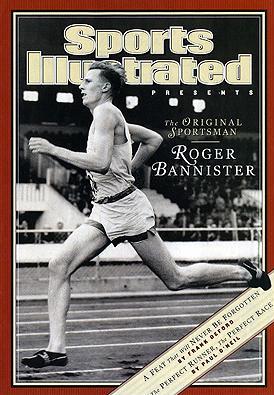 I heard one of my Sales Directors tell a story some time ago at a regional meeting about the great runner, Roger Bannister. My colleague told how Bannister cracked track and field’s most notorious barrier—the four-minute mile—and talked about how it relates to where we are and will always be with Altrus. Selling Altrus is like breathing: although your last breath was important, it’s not nearly as important as the next. In other words, our efforts must continue even after we have achieved results if we would like to obtain even greater results.
I heard one of my Sales Directors tell a story some time ago at a regional meeting about the great runner, Roger Bannister. My colleague told how Bannister cracked track and field’s most notorious barrier—the four-minute mile—and talked about how it relates to where we are and will always be with Altrus. Selling Altrus is like breathing: although your last breath was important, it’s not nearly as important as the next. In other words, our efforts must continue even after we have achieved results if we would like to obtain even greater results.
For many years, the four-minute mile seemed impossible. Many doctors and scientists said it was physically impossible for someone to run a mile in under four minutes. As one writer explained, the figure “seemed so perfectly round—four laps, four quarter-miles, four-point-oh-oh minutes—that it seemed God himself had established it as man’s limit.”
From the years 1931 to 1945, the record for the fastest mile was broken on ten different occasions. However, over the next nine years, the record remained unbeaten, standing at a time of 4 minutes and 1.3 seconds. For decades, the best middle-distance runners had tried and failed to break through the four-minute barrier. They had come within two seconds, but that was as close as they were able to get. Attempt after spirited attempt had proved unsuccessful. Each effort was as if a brick had been added to a wall that looked increasingly impossible to break through. The person to break the barrier would have to be fast, diligently trained, and supremely aware of his body so he would cross the finish line just at the point of complete exhaustion.
On May 6, 1954, Roger Bannister achieved the seemingly impossible. When Bannister crossed the finish line, he could hardly see straight. As soon as the first part of his score was announced: “three minutes…,” the crowd erupted in mayhem. Bannister completed the mile in 3 minutes and 59.4 seconds. He had not only trimmed two seconds off the world record but had also run the world’s first sub four-minute mile.
Bannister was quoted as saying after the race, “Doctors and scientists said that breaking the four-minute mile was impossible, that one would die in the attempt. Thus, when I got up from the track after collapsing at the finish line, I figured I was dead.” In an interview years later, Bannister went on to say, “It was a sense of relief. There was a mystique, a belief that it couldn’t be done, but I think it was more of a psychological barrier than a physical barrier.”
Everyone believed a sub four-minute mile was impossible. Everyone except Roger Bannister. His pure, positive faith allowed him to do what others failed to do. Once he proved it possible to the nonbelievers, others began to see the light and believed they could do the impossible as well.
Later that same month, Australian runner John Landy broke Bannister’s record by less than a second. Within three years, 16 other runners also cracked the four-minute mile. In fact, after some research, I found that during indoor and outdoor competition, over 5,500 runners have broken the four-minute mile since Bannister’s record-breaking race.
So what happened to the physical barrier that prevented humans from running a sub four-minute mile? There was not a sudden leap in human ability. It was the change in thinking that made the difference; Bannister had shown that breaking four-minute mile was possible.
Often the barriers we perceive are only barriers in our own minds or, as I like to call it, “Head Trash.” Previous runners had been held back by their self-limiting beliefs and mindsets. When the barrier was broken, other runners saw it was possible—and then 16 runners went on to accomplish the same feat.
Our beliefs and mindsets either limit or expand our world. Beliefs have power over us because we treat them as though they’re true. Beliefs influence what we attempt or don’t attempt in life and work.
Success and failure begin and end in what the mind believes is possible.
Roger Bannister understood this truth and exemplified it. To move past the barriers, we simply must keep moving, keep running, keep putting one foot in front of the other. Bannister repeated a famous saying, “Every morning in Africa a gazelle wakes up. It knows it must move faster than the lion or it will not survive. Every morning a lion wakes up. It knows it must move faster than the slowest gazelle or it will starve. It doesn’t matter if you are the lion or the gazelle, when the sun comes up, you better be moving.”
The first step you can take in achieving your Altrus goals is to change how you think about them. Then just keep on moving forward, one step at a time. If Roger Bannister had accepted that the sub four-minute mile was a physical limitation, he would have never tried to break it. Just as for runners of times past, many of the barriers that hold us back today in our professional and personal lives exist only in our minds.
Watch this modern day tribute to Roger Bannister below:







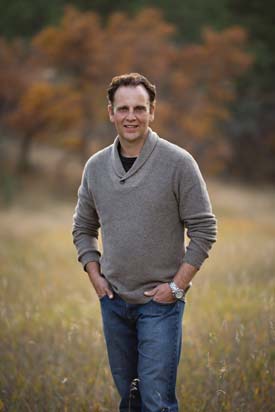
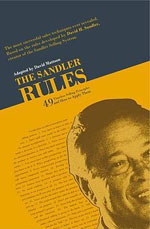
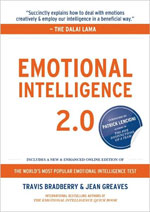
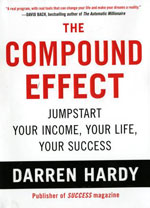

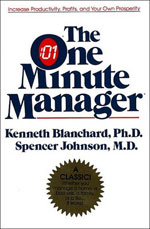


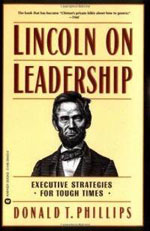
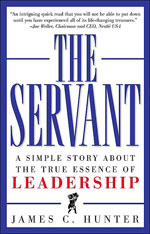
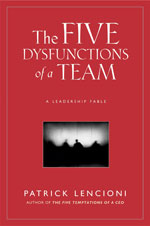
What I see as analogous in sales and running is that in addition to having the courage to pursue audacious goals, both pursuits are best accomplished by frequent checks against where one as been (a running PR or last year’s sales figures) and if the progress being made is on track to achieve the desired goal. Frequent monitoring and constant improvement apply to both.